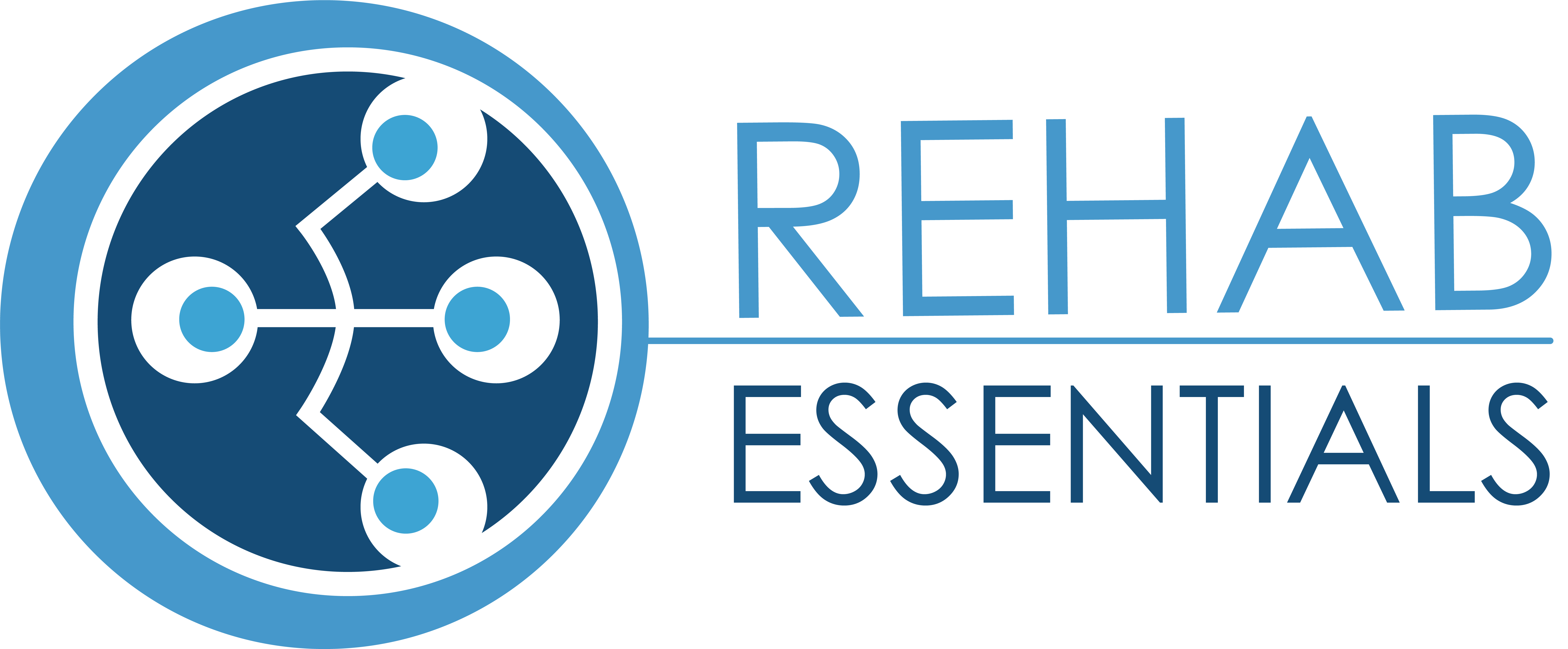Implementing Value Based System Change in Rehabilitation
Michael Friedman PT, MBA
Kelly Daley PT, MBA
Alan Jette PT, PhD, FAPTA
Justin Moore PT, DPT
Jason Richardson PT, DPT, OCS, COMT
Tapan Kikani, PT, PhD Bio
Course Description
This course module provides the physical therapist clinical doctoral learner with a foundational appreciation of business case development, clinical informatics and healthcare policy required for the successful leadership of physical therapy innovation. It describes the conceptual shift needed for the profession of Physical Therapy (PT) in order to remain at the leading edge of our data driven health care environment and the need to meet the Institute for Health Improvement’s (IHI) “Triple Aim”.
The current health care environment is changing at a rapid pace and healthcare providers are under tremendous pressure to cut costs, improve outcomes and communicate and coordinate better with other professionals. Physical Therapists are not immune from this pressure and need to find ways to demonstrate the value that they bring to patients and to the healthcare system. In this module you will learn: 1) the foundational elements of innovation and business case justification, 2) foundational clinical informatics concepts increasingly required for successful leadership of PT innovation within our data driven health care environment 3) how physical therapy practices have leveraged the ability to collect and aggregate data to change system processes and 4) understand the catalysts behind the rapid change in healthcare and to highlight what we can expect with new payment models and how the focus will be from individual health to population health. Furthermore, through real PT case exemplars this module will demonstrate PT health care context, informatics, analytics; data and information concepts used to drive value based care models and business case justification.

Objectives
- Introduce the basic process to successfully proposing innovative ideas resulting in positive change.
- Introduce tools and examples to successfully build a case for innovation and positive change.
- Identify common pitfalls that lead to proposals being denied.
- Summarize how the ability to collect, aggregate and display data is instrumental in driving system change
- Understand the importance of using standardized measures to minimize operational and clinical variability in a physical therapy practice
- Understand and differentiate evolving collaborative care models.
- Describe how clinical informatics is needed to achieve Institute for Healthcare Improvement’s (IHI) “Triple Aim” as it relates to leadership in physical therapy
- Differentiate internal and external knowledge used in the information cycle via the EMR
- Describe how select data points can be used by a clinical practice to improve clinical decision making, quality improvement (QI) or translation of evidence initiatives
- Identify the utility of analytics visualization for leadership of a learning organization dedicated to clinical care innovation
- Identify key considerations for making a data system work
- Articulate physical therapy exemplars for use of informatics to lead successful change
- Describe the physical therapist’s role and responsibilities associated with future care delivery models.
- Integrate the principles of population health and value into practice and innovative new business models.
- Better understand the importance of coordination of care and inter-disciplinary collaboration (at top of license)
- Understand the current remuneration model for out-patient PT, the limitations of this model and evolving pay for performance models.





